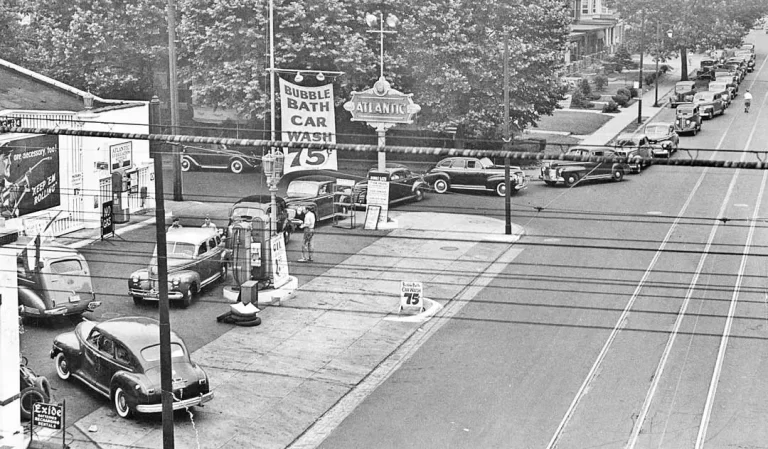
Detroit, May 1, 2024 — On this day, nearly a century ago, the Ford Motor Company, under the stewardship of Henry Ford, etched its name into the annals of labor history. May 1, 1926, marked a watershed moment as Ford became one of the first companies in America to implement a five-day, 40-hour workweek for its automotive labor and factory workers, laying the foundation for the modern workweek we know today.
Henry Ford, the visionary industrialist renowned for his revolutionary assembly line techniques, had long been a proponent of progressive labor practices. Yet, it was his decision in 1926 that would leave an indelible mark on the fabric of workplace culture. This move wasn’t merely about adjusting schedules; it represented a seismic shift in how companies viewed the well-being of their employees.
History of Ford Motor Company and Automotive Labor

But to truly understand the significance of this decision, we must rewind the clock to the early 20th century. In 1914, against a backdrop of economic uncertainty and burgeoning labor unrest, Ford made waves by announcing a minimum wage of $5 per eight-hour day for male factory workers, later extended to female workers in 1916. This bold move not only elevated living standards but also ignited a surge in productivity and employee loyalty.
Ford’s ethos extended beyond mere financial remuneration. He believed that those who toiled on the assembly lines should have the opportunity to enjoy the fruits of their labor. This sentiment was encapsulated in Ford’s famous declaration: “I will build a motor car for the great multitude. It will be large enough for the family, but small enough for the individual to run and care for.”
The Argument Against
The decision to implement the five-day workweek in 1926 wasn’t without its detractors. Ford’s disdain for labor unions was well-documented, and his move to reduce the workweek was met with skepticism by some who viewed it as a means to circumvent unionization efforts. However, Ford’s motivations were multifaceted. While the reduction in work hours undoubtedly promoted employee well-being, it also served as a strategic move to increase productivity and foster a sense of loyalty among workers.
As Ford himself stated, “Every man needs more than one day a week for rest and recreation.” This belief in the importance of leisure time underscored Ford’s commitment to promoting a healthy work-life balance among his employees. By affording workers additional time for leisure and family, Ford not only improved employee morale but also cultivated a more efficient and dedicated workforce.

The impact of Ford’s decision reverberated far beyond the confines of his factories. Manufacturers across the nation and around the world soon followed suit, making the Monday-to-Friday workweek a standard practice. Ford’s legacy endures not only in the automobiles that bear his name but also in the progressive work culture he championed.
As we reflect on this historic milestone, let us not only celebrate Ford’s achievements but also recognize the ongoing struggle for fair labor practices. The legacy of May 1, 1926, serves as a reminder of the power of visionary leadership and the enduring impact of those who dare to challenge the status quo.

















